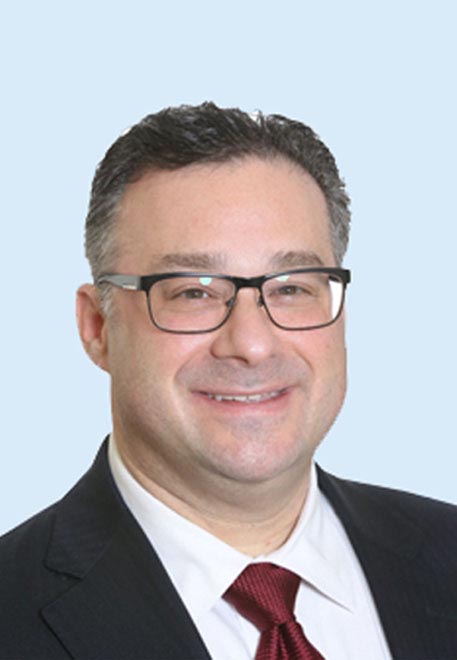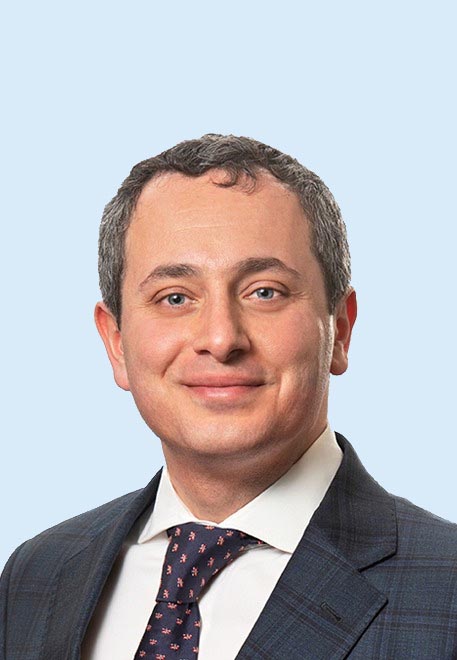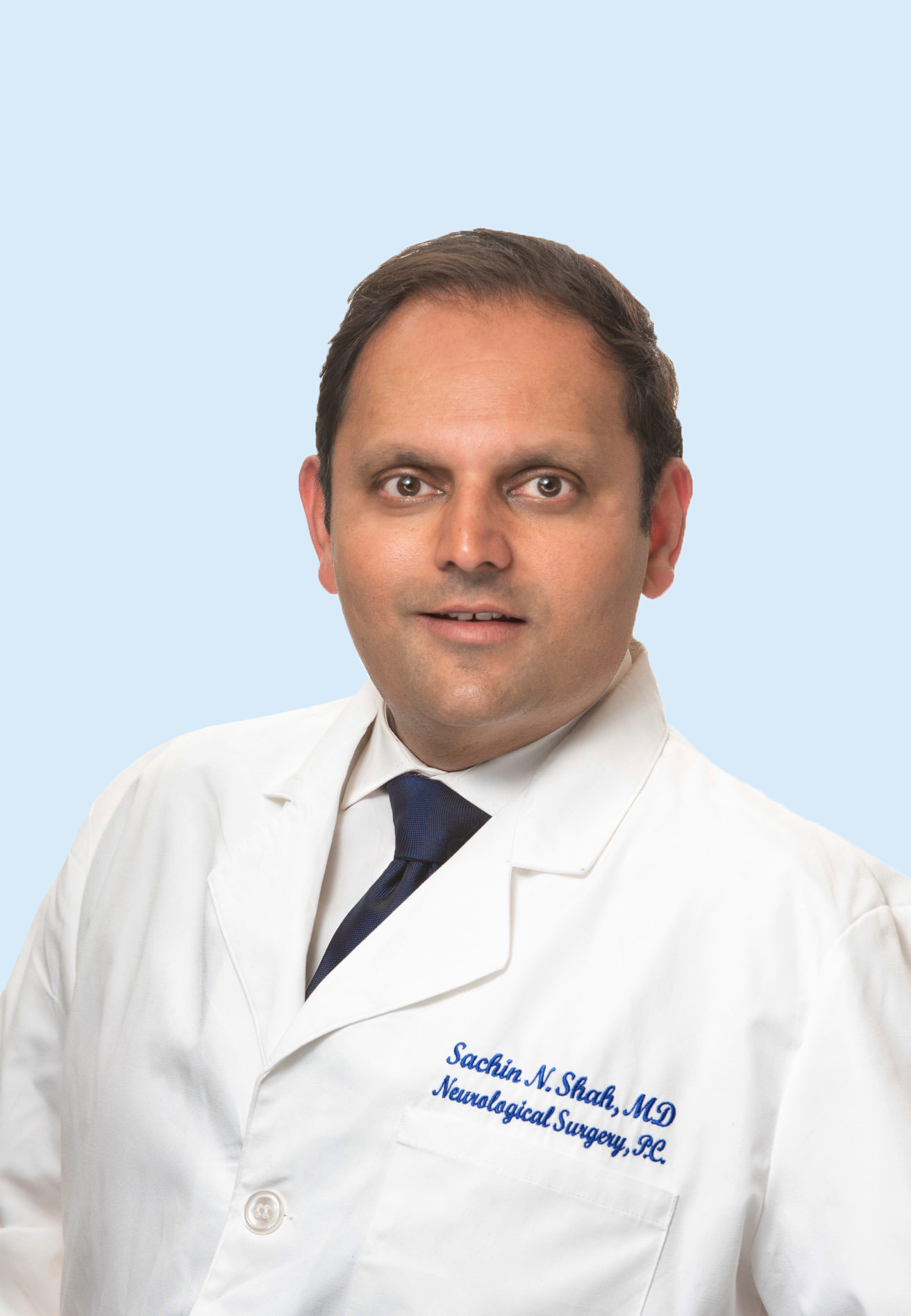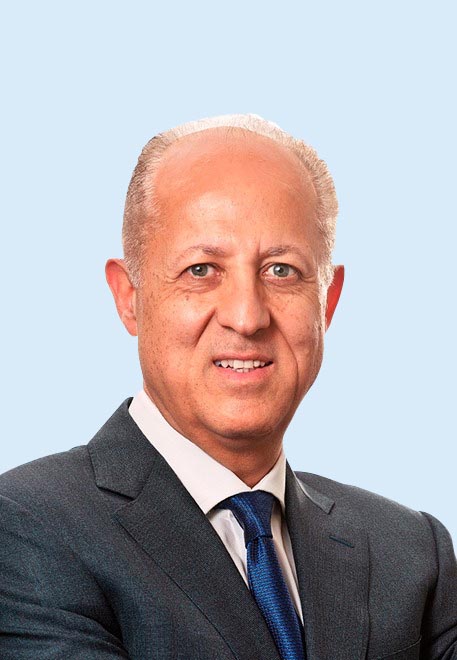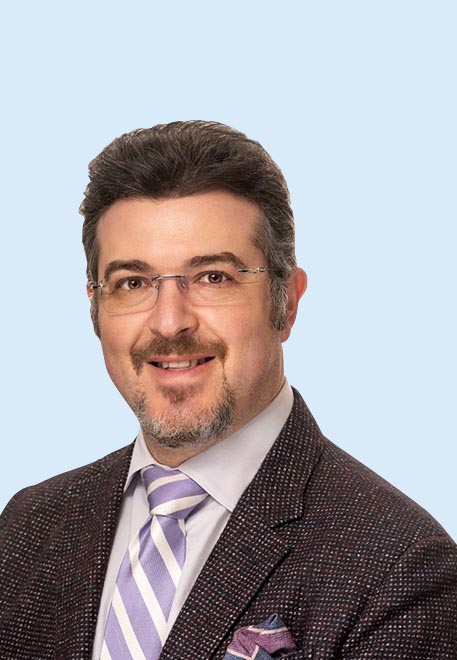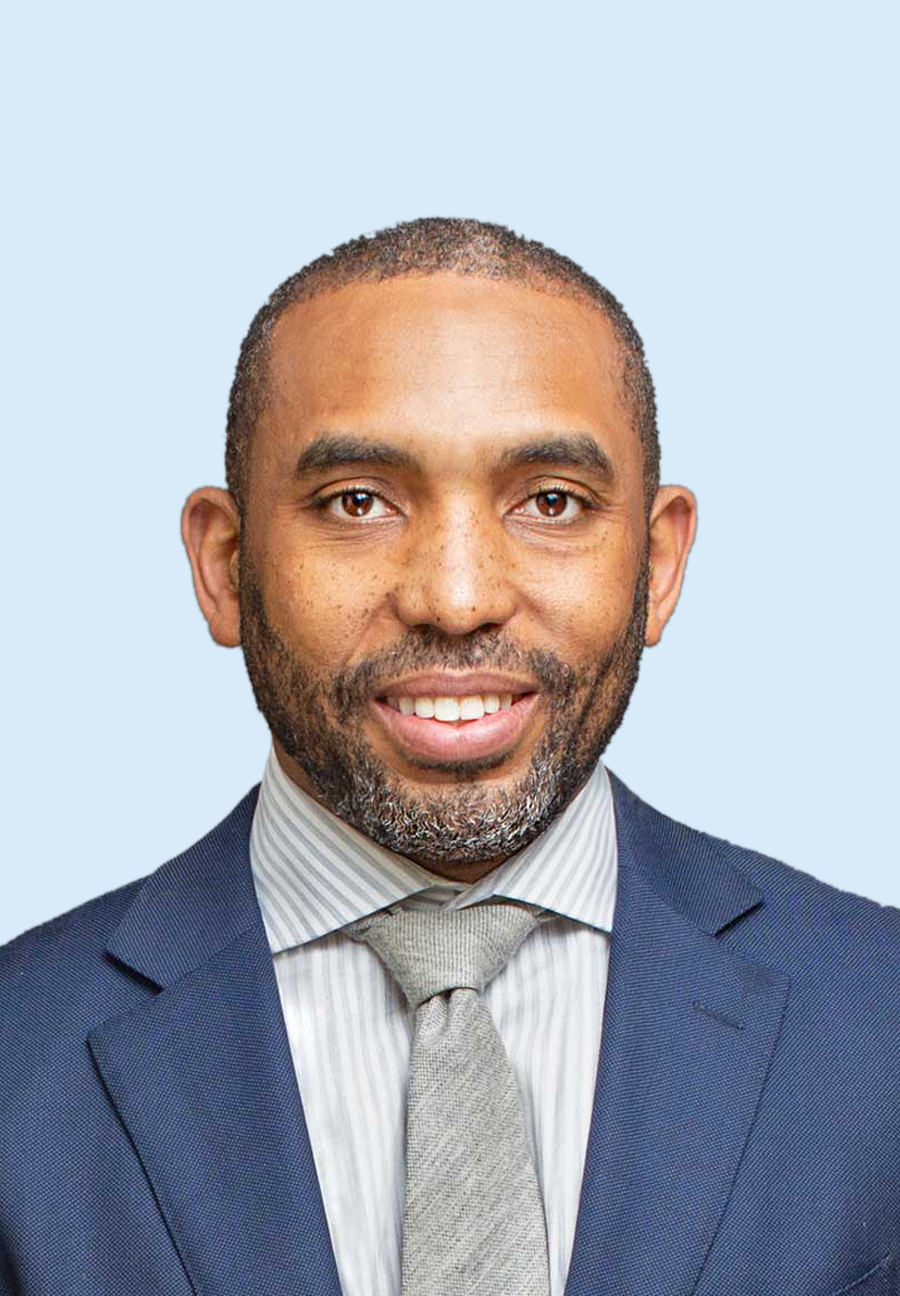- PATIENT FORMS | REQUEST A CONSULTATION | CONTACT US
- 1-844-NSPC-DOC
Spina Bifida
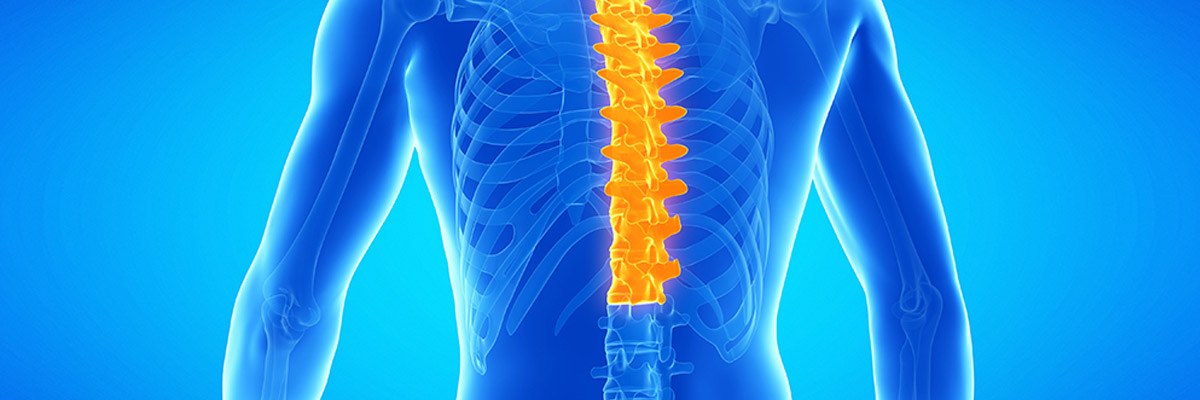
What Is Spina Bifida?
Take ActionCauses & Types of Spina Bifida
Worldwide, spina bifida is one of the most common of all birth defects, affecting nearly 1 in 1000 newborns. Most cases are asymptomatic, but cosmetic deficiencies involving the skin on the back are fairly common, and severe manifestations of the disease can dramatically impact a patient’s quality of life.
Spina bifida is generally categorized into three types:
- Spina bifida occulta– The more common and mild form of spina bifida, it is often asymptomatic (occulto is Latin for hidden or covered), and many times is only discovered when the patient has an x-ray of their back performed for another condition. Although there is a small abnormal opening in the spine, no opening or fluid-filled sac is present.
- Meningocele–A sac of fluid collects under the skin as the meninges (the membrane that encloses the spinal cord) pushes out through unsealed openings in the vertebrae.
- Myelomeningocele–This is the rarest and most severe form of the condition, with the worst array of spina bifida symptoms associated with it. This is the condition most people commonly associate with the name. The fluid-filled sac not only contains some of the meninges but also nerves or spinal tissue.
Symptoms can vary according to the type of spina bifida.
Spina Bifida Occulta Symptoms–Many patients with spina bifida occulta may not show any symptoms nor need any treatment. These symptoms may or may not be present:
- dimpling of the flesh, odd tufts of hair on their back, birthmarks or other cosmetic issues
- bowel or bladder issues
- scoliosis (sideways curve of the spine)
Myelomeningocele Symptoms–Nerves or spinal tissue protrudes from the back, and nerve damage can affect extremities:
- difficulty moving parts of the body
- muscle weakness in feet, hips, and legs that result in deformities
- suffer from incontinence
- have difficulty walking
Other conditions associated with spina bifida include hydrocephalus, myelopathy (disease of the spinal cord), syringomyelia, Chiari malformations, tethered spinal cord (spinal cord malformation when the cord attaches itself to the spinal column), latex allergies and paralysis. Some patients may have learning difficulties.
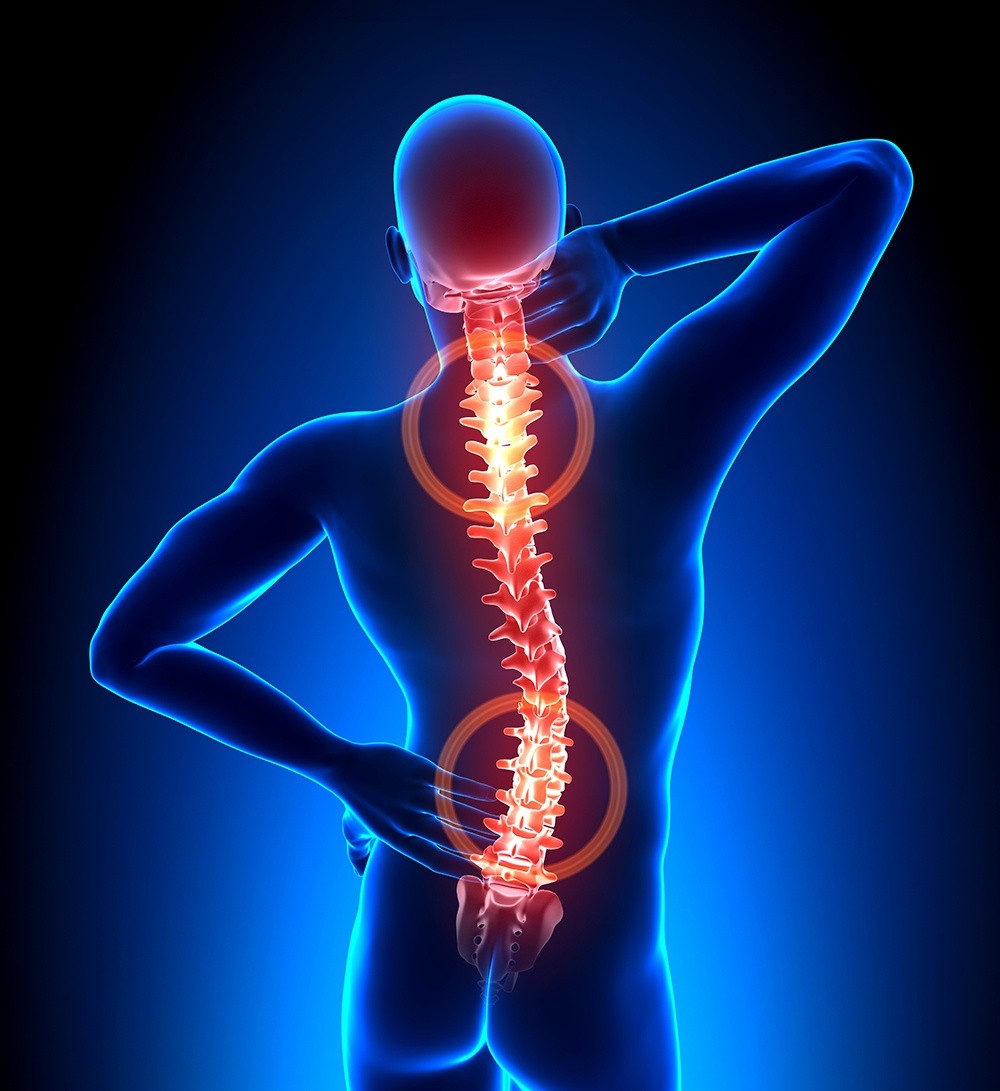
World-Class Treatments for Spina Bifida Offered by NSPC in New York State
The Three Stages of Spina Bifida Treatment
- Prenatal–In some cases, spina bifida treatment can actually be performed in-utero. During the fetal surgery, an incision in the uterine lining allows the pediatric neurosurgeon to repair the spinal cord opening. Intrauterine surgery to repair the spinal cord’s abnormal opening, may limit the development of hydrocephalus or Chiari malformations.
- Initial–In most cases, when you deliver a child with the condition, they will require initial surgical treatment. In some cases, the less severe meningocele may also require surgical treatment, though this is somewhat rare. With meningocele, the spinal cord itself is mostly unaffected, so surgery can remove the membranes causing this fluid collection with little risk to the nerve pathways themselves. Depending on the health of the child, this initial surgical correction can take place anywhere within the first six weeks post-birth. Hydrocephalus must also be aggressively guarded against.
- Ongoing– Physical and occupational therapy will likely be needed throughout the individual’s life. Most ongoing spina bifida treatment revolves around addressing symptoms and preventing further complications. Nerve damage can lead to clubfoot or hip issues, braces may be required to walk; scoliosis may set in; bladder, kidney, or general incontinence may develop; and a variety of other complications can arise. Spina bifida back surgery may correct severe scoliosis of the back related to this condition. Orthopedic surgery can help those with leg and foot problems.
Your neurosurgeon can work with you to develop a customized treatment plan based on your or your child’s personal symptoms and progression.
If you are pregnant or have recently delivered and are in need of a spina bifida diagnosis or confirmation, contact NSPC and speak with our team of Spinal Specialists on Long Island today.
At NSPC in NY, our team of world-class Neurosurgeons and Spinal Specialists will explain spina bifida to you in detail, and then discuss either screening or treatment plans depending on your needs.
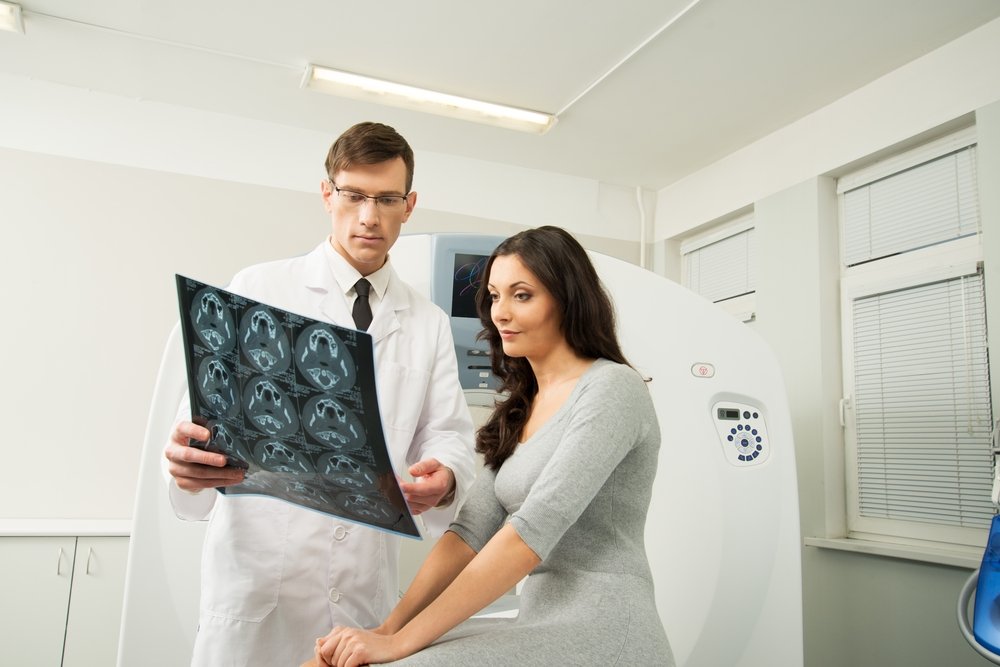
Related NSPC Center
Long Island Brain and Spine Tumor Center
NSPC provides state-of-the-art treatment of benign and malignant brain and spine tumors, using minimally invasive procedures like Gamma Knife®, Novalis TX™, and CyberKnife® rather than major surgery whenever appropriate. We give personalized, individual attention combined with knowledge and experience to take on the most challenging of cases.
Physicians
Connect With Our 7 Convenient Locations
across Long Island, NY
Our expert physicians, surgeons and doctors are ready to serve you at our 7 convenient locations across Long Island, NY. Connect today to learn how our award winning, world class experts can help.
4250 Hempstead Turnpike Suite 4,
Bethpage, NY 11714
(516) 605-2720
COMMACK
353 Veterans Memorial Hwy,
Commack, NY 11725
(631) 864-3900
One Hollow Lane, Suite 212
Lake Success, NY 11042
(516) 442-2250
MANHATTAN
215 E. 77th Street Ground Floor
New York, NY 10075
(646) 809-4719
PORT JEFFERSON STATION
1500-8A Route 112,
Port Jefferson Station, NY 11776
(631) 828-3001
100 Merrick Road, Suite 128W
Rockville Centre, NY 11570
(516) 255-9031
WEST ISLIP
500 Montauk Hwy
West Islip, NY 11795
(631) 983-8400
World
Class
Expertise
For over 50 years & 350,000 patients NSPC has been a trusted global medical leader.
Contact us today for an appointment or consultation.


